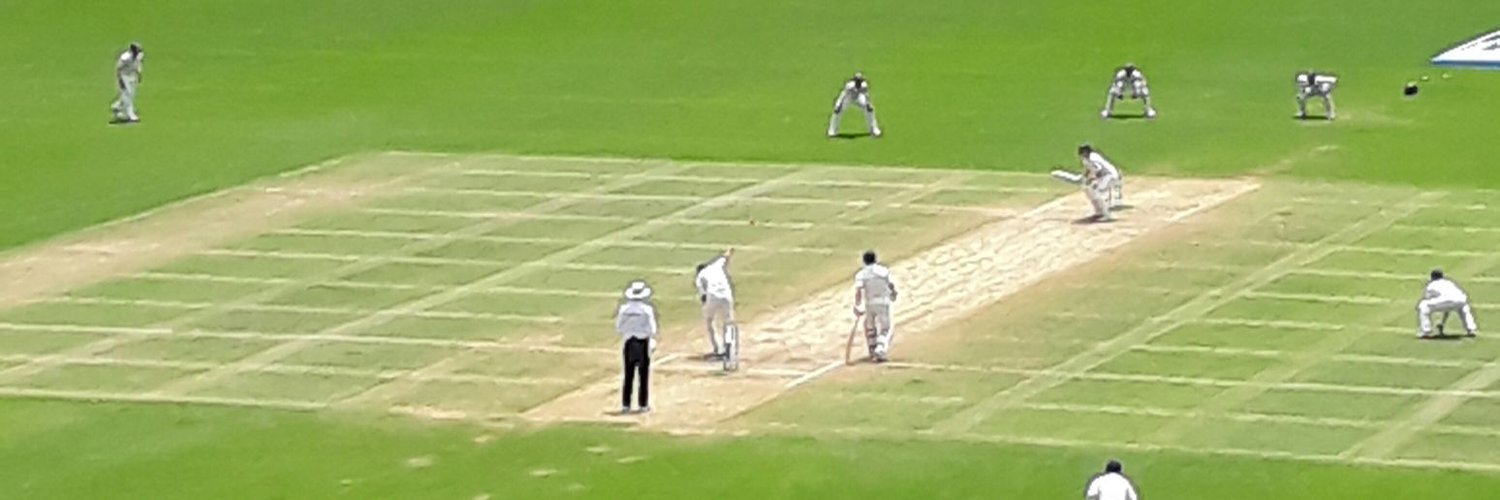Bowling is my first love, as far as my memory serves me right, and Javagal Srinath is my perennial favourite amongst the flock who traded the art of bowling at the highest level. The sleek, wiry, open-chested action of Srinath, which gradually made way for a slightly side-on variety as years went on, produced some memorable rapids which still strike a cord in the heart somewhere.
One could recall many gems from all his performances in India and abroad, but there are two deliveries which stand out in ODIs for me - the yorker he bowled to Keith Arthurton at the WACA Stadium in Perth in the famous tied one-dayer between India and West Indies and the away-cutter which got him the wicket of the legendary Brian Lara at the Captain Roop Singh Stadium in Gwalior in the World Cup tie between the aforementioned teams.
The slight contrast that I was referring to in the first paragraph about his action could be vaguely observed in the two deliveries referred in the second paragraph. The amazing swinging yorker that rattled the stumps of Arthurton at WACA surely was magical but the away-cutter he produced against the legendary Lara was equally effective, albeit aided by some poor umpiring from Khizar Hayat.
Brian was facing up to Srinath that day in what were dry conditions at the Captain Roop Singh Stadium in the first day-night game at the venue. He walked in to a standing ovation from the Gwalior crowd at the fall of Sherwin Campbell's wicket who had played on to an ordinary delivery from Srinath in the fourth over of the game. The respect that the southpaw commanded in India was partly because of him being a worthy parallel of the young and ferociously talented Indian batsman of the day, need I say the name? Well, of course, Sachin Tendulkar. Both were on an upward curve of their careers at the time when the 1996 World Cup was being played.
Srinath produced a good delivery which moved away from the left-hander after pitching on his leg stump, just back of a length - a classic Srinath in-dipper which became an away-cutter for a left-hander. Lara played the ball in his trademark fashion with a high backlift where his bat came from the first slip and then jutted close to his pad with the full face on offer. The ball, however, missed everything that Lara offered and struck his back pad and went to keeper Nayan Mongia, who pouched it easily. The Indians went up in appeal in unison and umpire Khizar Hayat obliged, reluctantly albeit. Sunil Gavaskar and the late Richie Benaud were on air at that time and sounded unconvinced and rued the dismissal of the classy batsman while acknowledging the gem by Srinath.
Credit must be given to Srinath here because he too conceded that the ball had hit Lara's pad and not the bat in a TV interview years after the match, cheekily adding however that the 'benefit of doubt' went to the fielding side. He returned impressive figures of 10-0-22-2 that day in an Indian victory.
One could recall many gems from all his performances in India and abroad, but there are two deliveries which stand out in ODIs for me - the yorker he bowled to Keith Arthurton at the WACA Stadium in Perth in the famous tied one-dayer between India and West Indies and the away-cutter which got him the wicket of the legendary Brian Lara at the Captain Roop Singh Stadium in Gwalior in the World Cup tie between the aforementioned teams.
The slight contrast that I was referring to in the first paragraph about his action could be vaguely observed in the two deliveries referred in the second paragraph. The amazing swinging yorker that rattled the stumps of Arthurton at WACA surely was magical but the away-cutter he produced against the legendary Lara was equally effective, albeit aided by some poor umpiring from Khizar Hayat.
Brian was facing up to Srinath that day in what were dry conditions at the Captain Roop Singh Stadium in the first day-night game at the venue. He walked in to a standing ovation from the Gwalior crowd at the fall of Sherwin Campbell's wicket who had played on to an ordinary delivery from Srinath in the fourth over of the game. The respect that the southpaw commanded in India was partly because of him being a worthy parallel of the young and ferociously talented Indian batsman of the day, need I say the name? Well, of course, Sachin Tendulkar. Both were on an upward curve of their careers at the time when the 1996 World Cup was being played.
Srinath produced a good delivery which moved away from the left-hander after pitching on his leg stump, just back of a length - a classic Srinath in-dipper which became an away-cutter for a left-hander. Lara played the ball in his trademark fashion with a high backlift where his bat came from the first slip and then jutted close to his pad with the full face on offer. The ball, however, missed everything that Lara offered and struck his back pad and went to keeper Nayan Mongia, who pouched it easily. The Indians went up in appeal in unison and umpire Khizar Hayat obliged, reluctantly albeit. Sunil Gavaskar and the late Richie Benaud were on air at that time and sounded unconvinced and rued the dismissal of the classy batsman while acknowledging the gem by Srinath.
Credit must be given to Srinath here because he too conceded that the ball had hit Lara's pad and not the bat in a TV interview years after the match, cheekily adding however that the 'benefit of doubt' went to the fielding side. He returned impressive figures of 10-0-22-2 that day in an Indian victory.

